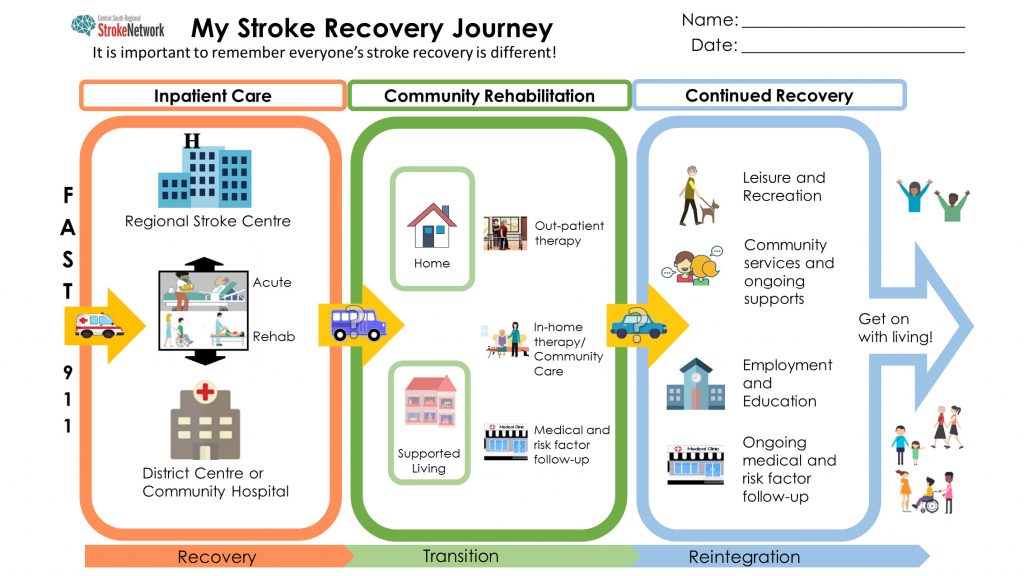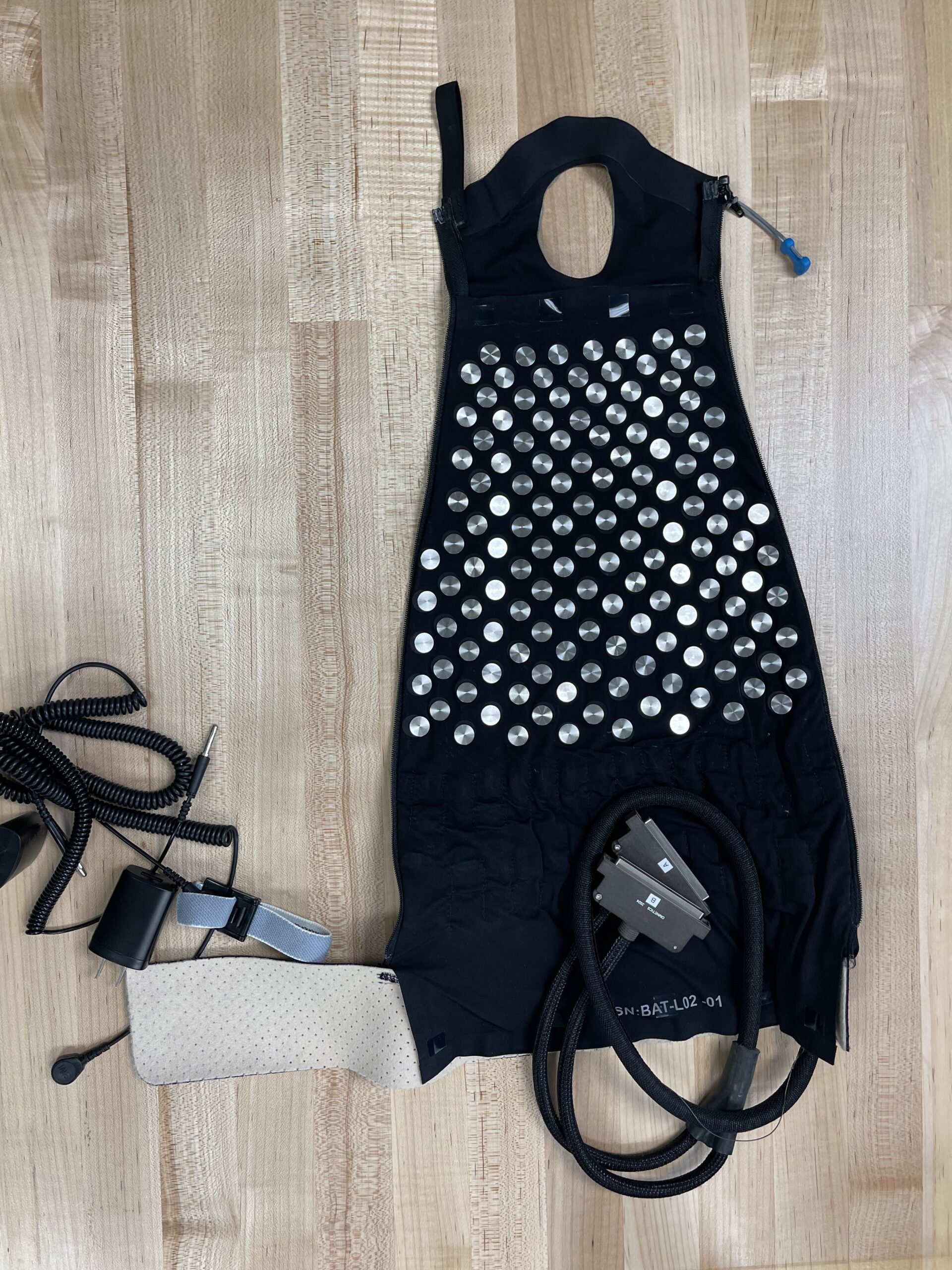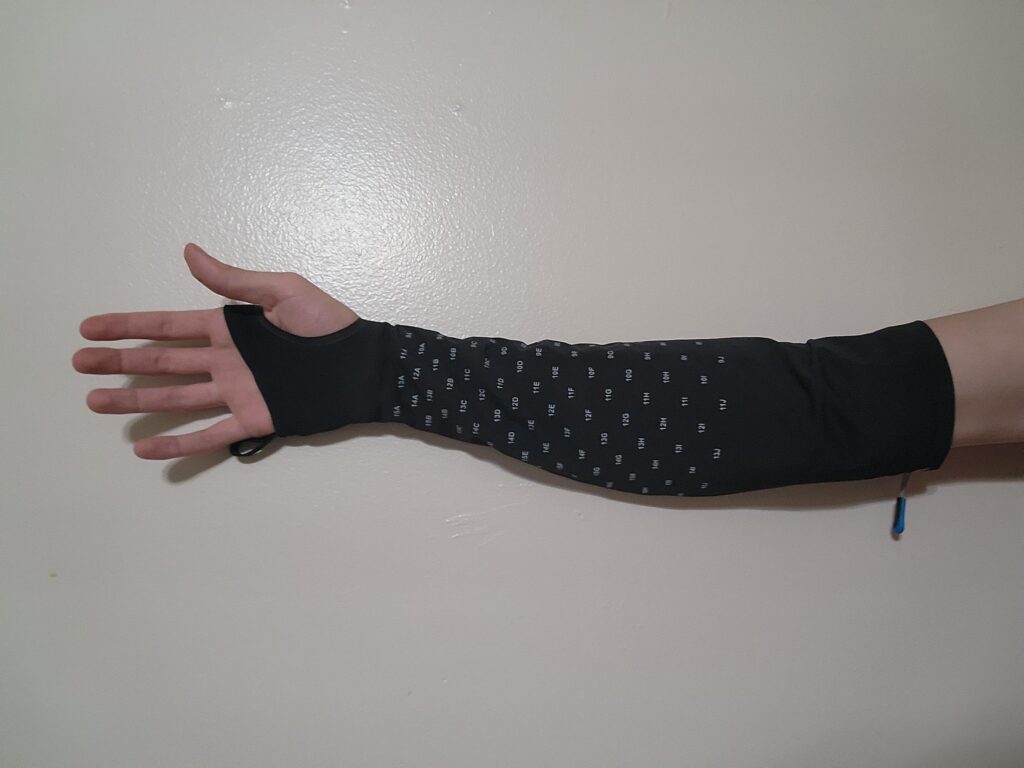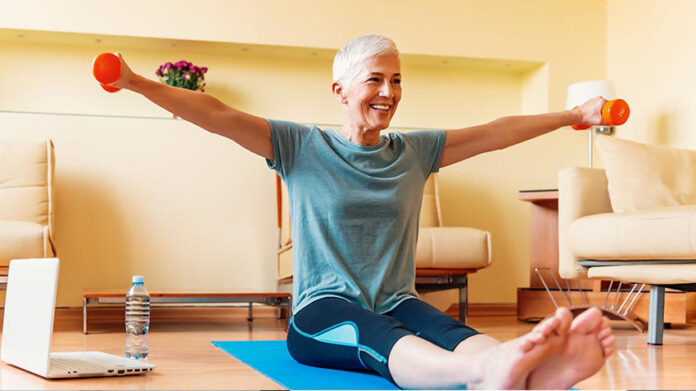Introduction:
Stroke is a medical emergency that requires immediate medical attention. In the United States, approximately 800,000 people each year suffer a stroke and about 60% of these individuals survive and require rehabilitation. Injuries resulting from strokes vary from person to person depending on the size of the brain injury and the areas where the brain circuits were damaged which changes the level of disabilities stroke survivors experience. There are multiple types of disabilities, from problem with memories and understanding language to problems controlling movements (motor control), damage to certain brain cells and nerves causes problems with movement and sensation including paralysis on one side of the body, which is called hemiplegia, or weakness on one side, which is called hemiparesis.
Context:
After patients survive a stroke the rehabilitation stage begins, which includes treatments, physical therapy, recovery, etc. The goal of rehabilitation is to optimize how the person functions after a stroke and the level of independence, and to achieve the best possible quality of life. The rehabilitation routine varies during the process of recovery depending on which body part or disability and the severity of the injury.

A journey map developed by David Dayler (recovered stroke survivor) for people with stroke, to illustrate how navigate the complex world of recovery:

Home-based technologies can offers equivalent rehabilitation quality as conventional therapy just as wearable technology which allows flexibility of use during the daily routine of patients and at the same time direct them to the right path for the best outcome to fully recover from the stroke symptoms. Smart clothing can also be very beneficial in monitoring the patients’ heart rate, blood pressure, oxygen, etc. to avoid future diseases and look out for symptoms, such as E-tattoos which are showing a promising medical method, as it can help patients feel less invasive. All that can be integrated with Art therapy which can improve communication, concentration, and help reduce feelings of isolation. It also increase self-esteem, confidence, and self-awareness.
Battelle Biomedical Engineering team are developing a new wearable technology, NeuroLife sleeve, supporting people who lost arm functionality following a stroke. The potential of this technology is to eventually design an off-the-shelf sleeve that could stimulate muscles in the forearm, it would be controlled by a brain-computer interface that read neural signals from a brain implant. The Battelle NeuroLife Sleeve that is being developed right now has electrodes deliver stimulation to forearm muscles to control movement, it also read muscle activity to decipher movement intention instead of brain implant. NeuroLink technology possibility is to help restore independence for people living with stroke related disabilities by improving lost hand function.

The sleeve’s electrodes can decode multiple movements and rapidly evoke a variety of hand and forearm movements without having to be connected to a computer interface. When the sleeve is on it continuously measures muscle activity and when a movement intention is detected, the sleeve delivers functional electrical stimulation to muscles across the area, which is believed to improve a variety of hand movements.

This research is meant to help bridge the gap from the lab to daily life of stroke recovering patient. Help patients rely less on nursing houses by achieving independence by enforcing them with the right tools.
Stakeholders:
- Stroke patients: Patients who survived a stroke with an arm impairment injury as a result. Specifically the ones willing to go through rehabilitation to achieve recovery.
- Medical professionals: Doctors oversee the progress of patient recovery and guide them through post-stroke life.
- Caregivers:
- Family members and friends of stroke survivors, who have to take care of them during their daily routine.
- Occupational therapists & physical therapists who guide patients through their rehabilitation activities.
There is a huge lack of awareness about medical treatments in our society especially for caregivers who didn’t undergo professional training which causes patients to rely less on home-based therapy which can cause a change in patients’ life post-stroke and pushes them to change the way their home environment is set. So can all patients afford rehabilitation costs, afford to buy medical devices, or even accommodate their home environment for that?
During our research a meeting with a second year graduate student studying occupational therapy was conducted by our group. Annie has experience with patients who had occupational therapy at OSU. The main key points from our meeting were the following:
- Insurance stop patients when they reach the time limit and send them home. According to Annie 20 years ago the average of stay used to be 30 days, now it’s 10 days.
- Due to insurance some people are unable to get good and long care. Medical professionals have to work around insurance since it dictates what you can and can’t do.
- Most people are willing to use new technologies if we say it will help, especially post injury they are always willing to try new activities.
Conclusion:
Any kind of repetitive routine activities might cause the person to either slack off or even stop doing it in the first place. When it comes to recovery consistency is key, so any gaps in the patients rehabilitation routine might affect the recovery process. So to help motivate the patients and mentally prepare them for this harsh routine we can rely on some fun activities that can have the same effect on the body part. That can also reduce the reliance on a caregiver for every therapy activity, and this way the patients can feel improvement in their physical and mental health and eventually rely on themselves in certain tasks and chores.
This project aims for the improvement of patients’ long-term recovery to independently be able to go through daily routine activities. While considering the mental health and social life of stroke survivors which will make them feel more motivated to do rehabilitation activities and bring the community together.




